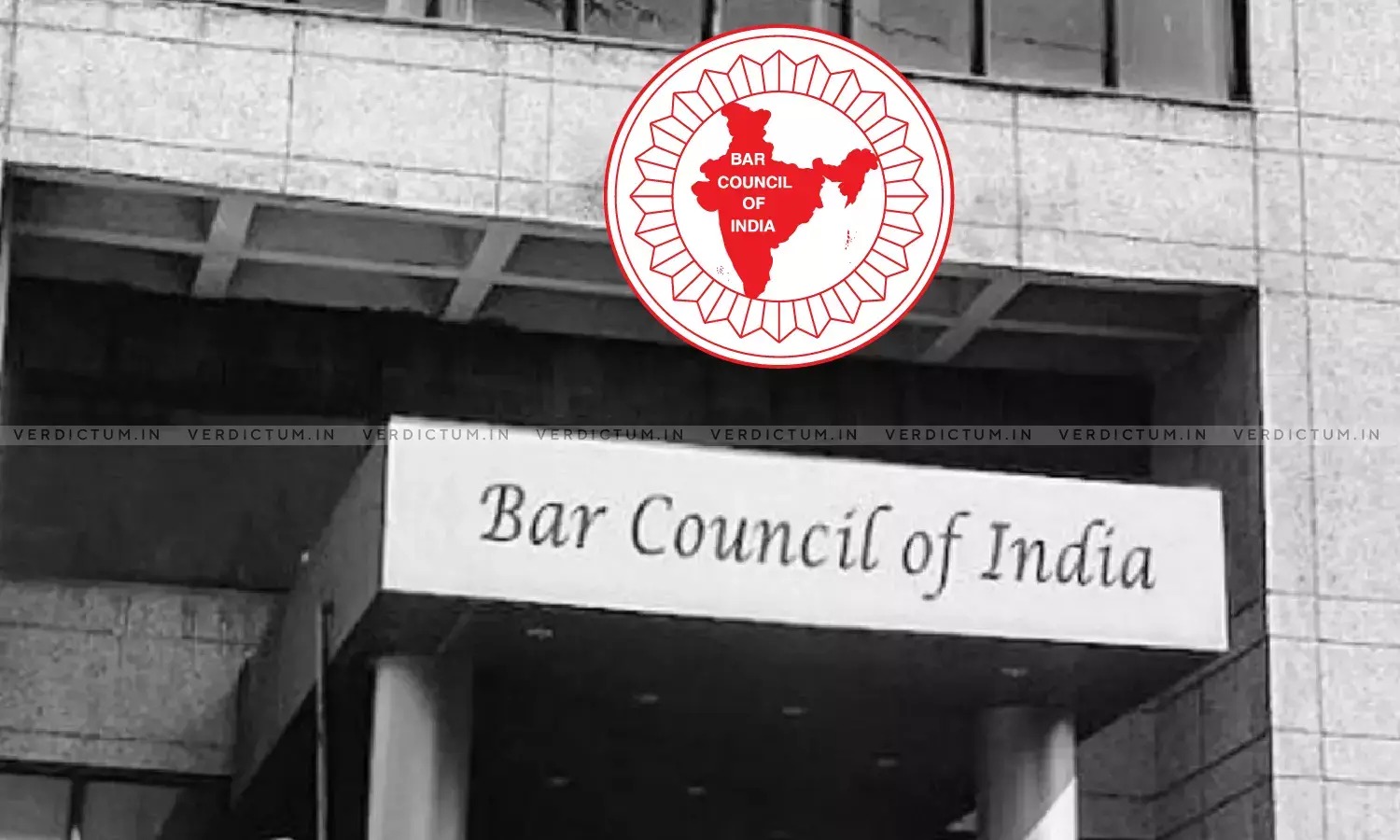Subhro Kamal Mukherjee, J.@mdashAlthough, the matter is appearing under the heading ''for orders'', by consent of Mr. Hiranmay Bhattacharya, learned advocate appearing for the appellant, and Mr. Bidyut Kumar Banerjee, learned senior advocate appearing for the plaintiff-respondent no. 1, I take up this matter for hearing for final disposal.
2. This appeal arises out of a suit for eviction, inter alia, on the grounds for default and reasonable requirement.
3. Both the courts below, concurrently, found that the plaintiff reasonably required the suit premises for his own use and occupation and for use and occupation by the members of his family.
4. Principally, the appeal was argued before the lower appellate court as also before this Court on the ground that the suit was not maintainable due to defect in the notice to suit.
5. Notice to suit as contemplated u/s 13(6) of the West Bengal Premises Tenancy Act, 1956, (herein after referred to as the said Act of 1956) was issued by the learned advocate for the plaintiff-respondent no. 1. The name of the plaintiff-respondent no. 1 is Ajoy Kumar Ghosh, but erroneously the name was mentioned in the notice as Bijoy Kumar Ghosh. The defendant no. 1 is an admitted tenant in the suit premises, but notice was, also, served on her husband, who is admittedly residing in the suit premises along with the defendant no. 1.
6. It was alleged that the notice to suit and subsequent filing of the suit by one of the co-owner in the absence of the other co-owners was not maintainable.
7. Therefore, the following substantial questions of law are formulated for disposal of this appeal:
1) Whether the notice to suit u/s 13(6) of the said Act of 1956 was legal and valid inasmuch as it was issued on behalf of Bijoy Kumar Ghosh in stead of the landlord Ajoy Kumar Ghosh
2) Whether the notice to suit is defective because it was issued not only against the defendant no. 1, but also against the husband of the defendant no. 1
3) Whether suit for eviction by one of the co-owner is maintainable in the absence of other co-owners
8. Notice to quit is a document of a technical nature. Still, lame and inaccurate notices should be rationally interpreted so as to make them sensible where the recipients cannot have been misled as to the intention of the giver. There was no inaccuracy in the notice to quit as to the description of premises or the name of the tenant or the date of the expiry of the notice. The basic question is what the notice would convey to a tenant, who is presumably conversant with all the relevant facts and circumstances. The validity of the notice to quit is not to be determined by what it would convey to a stranger ignorant of all the relevant facts and circumstances concerning tenancy in question. Inaccuracies in notice will not render the notice invalid unless the inaccuracies have been fraudulently inserted.
9. The tenant is occupying the tenanted premises when the notice to suit was served on her and her husband; the tenant understood that she was to vacate the entire premises. The notice is good notwithstanding that notice was, also, issued to the husband of the tenant.
10. The notice was issued by the learned lawyer on behalf of the landlord. In the notice, the name of the landlord was wrongly described. It is not alleged that the defendant no. 1 had any tenancy under any Bijoy Kumar Ghosh. The notice was duly served. Onus lies upon the tenant to prove that the tenant was misled.
11. I do not think that the notice was invalid because, in the notice, name of the plaintiff was wrongly stated as Bijoy Kumr Ghosh in stead of Ajoy Kumar Ghosh. Notice to suit was, also, issued to the husband of the defendant no. 1. It was not necessary as there was no privity of contract between the plaintiff and the husband of the defendant no. 1. However, in my view, this may be superfluous, but for that the notice to suit cannot be declared invalid. No prejudice is caused to the defendant no. 1 in issuing the notice to her husband, who is admittedly residing with the defendant no. 1.
12. The plea of invalid notice cannot, therefore, be accepted and was not rightly accepted by the courts below concurrently.
13. The point that there were other co-owners and, therefore, the notice to suit by one of the co-owner and subsequent filing of the suit for eviction was invalid is no longer res integra. The Supreme Court of India in the case of Sri Ram Pasricha Versus Jagannath reported in 1976 SC 2335 held that notice by a co-owner, terminating tenancy was valid even if the other co-owner did not join and as such the co-owner was entitled to file a suit for eviction. The similar view was reiterated in Anupama Sen Gupta Versus Deb Kumar Sen Sarma reported in AIR 1982 SC 25. The Supreme Court upheld that a co-owner was entitled to file a petition u/s 29(B) of the Said Act of 1956 before the rent controller for eviction of a tenant.
14. Therefore, a co-owner is competent to issue notice u/s 13(6) alone and to maintain a suit for ejectment against the tenant.
15. Therefore, the points raised by the appellant in this appeal are decided against the appellant. Therefore, the judgment and decree of the courts below need not be interfered with.
16. The appeal is dismissed.
17. In view of dismissal of the appeal, the connected application becomes infructuous and the same is disposed of accordingly.
18. I make no order as to costs.
19. After dismissal of the appeal, Mr. Bhattacharya, learned advocate appearing for the appellant, prays for some time to find out an alternative accommodation for his client.
20. Mr. Banerjee, learned senior advocate appearing for the plaintiff-respondent, in his usual fairness, does not oppose such prayer.
21. The defendant no. 1-appellant is, therefore, permitted to occupy the suit premises till December 31, 2012 subject, however, to filing of an undertaking before this court to the effect that she shall quit, vacate and deliver vacant and peaceful possession of the suit premises in favour of the plaintiff-respondent or his representatives on or before December 31, 2012 and during her stay in the suit premises, she shall neither cause any damage to the suit premises nor shall create any third party interest in respect of the suit premises.
22. Let such undertaking be filed by December 23, 2011, when the matter shall appear under the heading ''for orders'' for filing the undertaking.
23. There shall be an unconditional order of stay in the connected execution case till December 23, 2011.
24. If the undertaking is filed within the time stipulated, as above, all further proceedings in Title Execution Case No. 23 of 2003 pending in the Court of the learned Civil Judge (Junior Division), Second Court, Sealdah, shall remain stayed till December 31, 2012.
25. In default of filing undertaking within the time stipulated as above, the stay shall stand vacated and the decree shall be executable at once.

